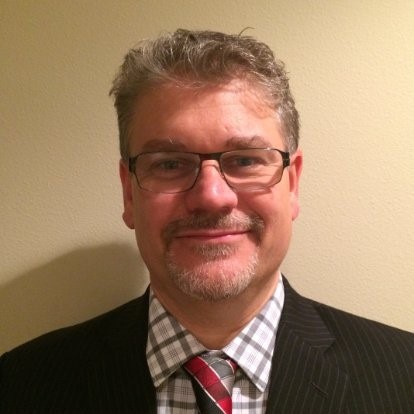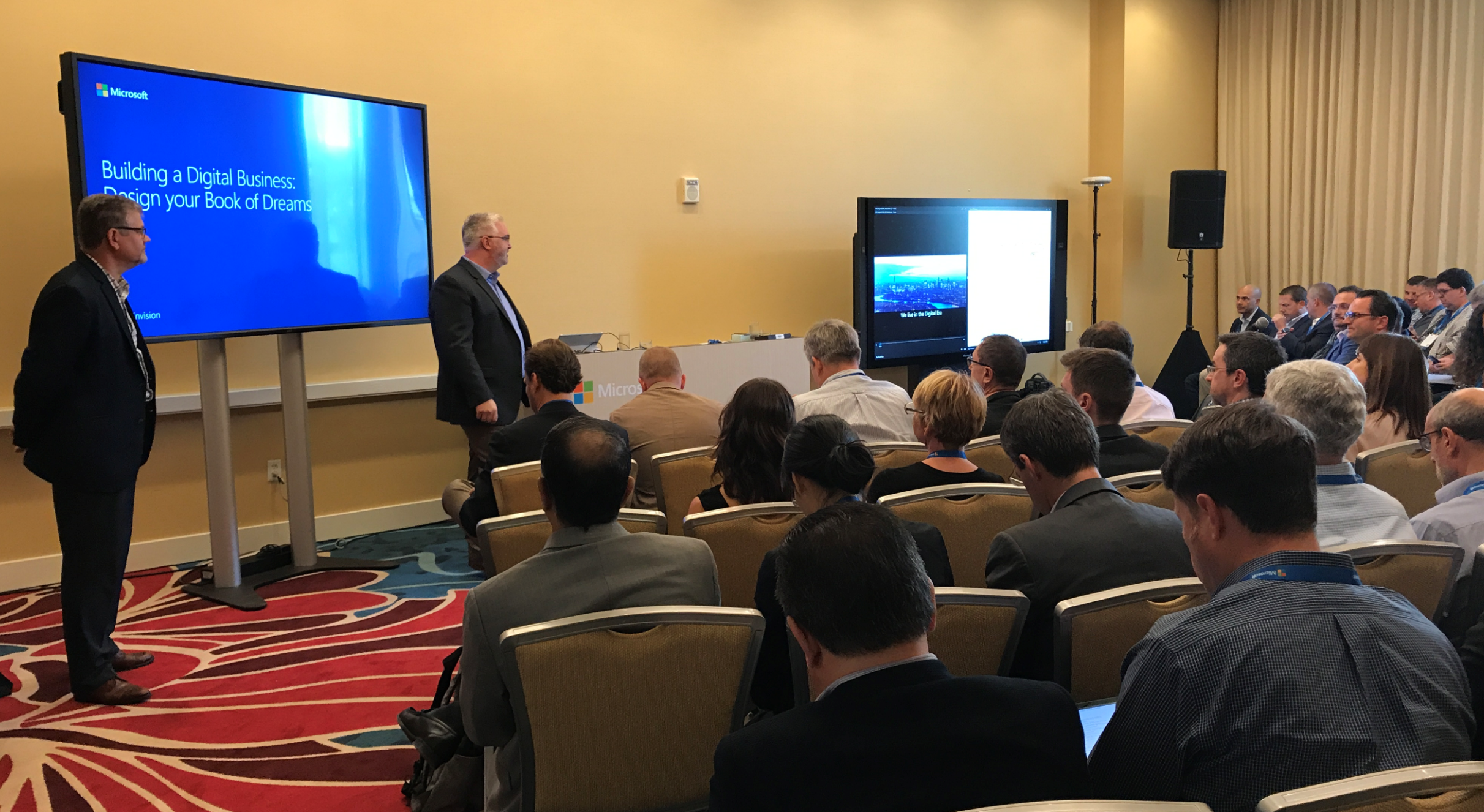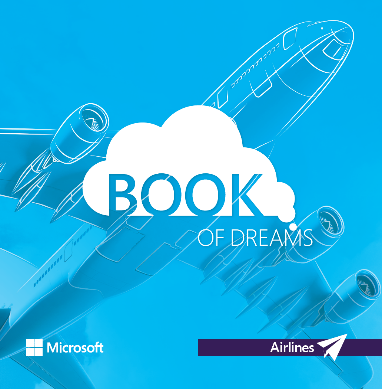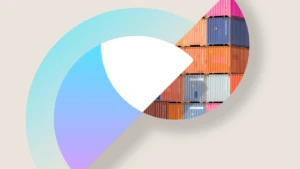Dream big, start small, and choose wisely
Two weeks ago, my colleague Drew Gude and I led several executive roundtables with business leaders at the Microsoft Envision conference in Orlando. Our conversations focused on the opportunities and challenges of building and transforming businesses during the entrepreneurial renaissance of the Digital Era.

I’m Robert Hanegraaff. The team I’m on at Microsoft leads Microsoft Digital Advisory Services around the world. Digital Advisors bring their expertise, as well as Microsoft’s resources, experience and innovation, to empower organizations to reach their digital aspirations. We partner to drive a program of change to build our customers’ digital business.
Throughout my career, I’ve done a lot of business travel, visiting many, many countries. It’s an experience I reflect on a lot. What suprises me the most is that while the product – flying in a plane from point A to point B – hasn’t changed in over 75 years, the experience is almost unrecognizable from its origins. We check in on the way to the airport – if at all. When flights are delayed, apps notify us with gate changes. And so on. We consider the full experience, not just the product.

I – and I suspect, you too – expect personalized experiences like this that predict and adjust to my needs. Companies bound by their own processes and operations don’t earn my loyalty and don’t get the business anymore.
Because our customers and employees increasingly share these expectations for connected experiences, we are all now in the business of technology – and technology is now a core part of business. Over the past 20 years, we all went through the same drill – find a niche, crouch behind the barrier to entry, and optimize the business. Diminish inefficiencies. Lower costs. Increase throughput. However, in the Digital Era, being a “highly optimized” business doesn’t guarantee sustainability as the barriers to entry crumble and new and connected experiences emerge as the new “product.”
Drawing on experiences from over one thousand engagements with customers, our team has captured patterns and practices of successful business transformations. We’ve aligned the approach into three phases- Dream, Design, and Deliver. The objective of the conference roundtables was to dive deep into the “Dream” phase to get customers started on building their own Book of Dreams.

Never heard of a Book of Dreams? At the Microsoft Envision Conference, we shared how the Book of Dreams can get you started re-imagining your company’s future by creating a digital vision to identify new ideas, prioritizing them based on value, and creating a roadmap to make it a reality. Although it takes a lot of work, figuring out your company’s vision is critical. Together as a team, you explore trends, customer insights and research. You envision the future to create a few “Imagine If…” scenarios. It takes a strong, diverse team as well as time to break out of conventional, “optimize it” thinking, to explore the hotspots within the current customer experience, and to imagine the future. Once we’re thinking creatively, we translate those “Imagine If” statements into scenarios that describe the impact on employee and customer experiences. We prioritize those scenarios, using a rough estimate of the value of each – that is, the revenue, costs, even the opportunity cost of not acting on the identified scenario. Once we have a good idea of the value, we then develop a phased roadmap of scenarios, goals and expected outcomes.
Below are a few examples of organizations making their Book of Dreams a reality in the Digital Era:
- Carl Zeiss AG, a leading optics manufacturer in Germany, created this video to share their vision of the future.
- Auckland Transport set its organization on a digital transformation journey to make Auckland the most livable city on the planet: When your goal is to be the most livable city in the world
- A team in Italy dreamed and designed a way for human telemetry, and technology such as the Kinect, to bring people back to work sooner: Human telemetry brings people back to work
The Microsoft Envision Conference was a great way to connect with many customers and partners. Their questions and comments made it clearer than ever that our approach to prepare companies to succeed in the Digital Era is relevant and widely applicable.
I look forward to sharing more about the journey in future blog posts.




